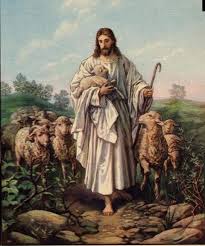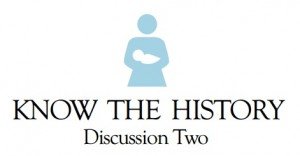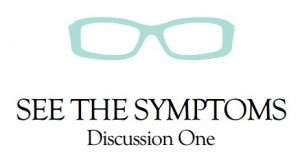 I think its time that various Bloggernacle tactics that I’ve seen used get called out and made public in hopes that such tactics will ceased to be used and be replaced with a more rational discussion.
I think its time that various Bloggernacle tactics that I’ve seen used get called out and made public in hopes that such tactics will ceased to be used and be replaced with a more rational discussion.
Today’s tactic is to use the scripture about the shepherd leaving the 99 sheep to find the 1 lost sheep as a means of demanding change. The following statement I overheard online (I wish I could take credit!) explains this tactic very well:
Like most of the Savior’s injunctions, that was meant to be advice for the shepherd, not a lever for the straying sheep to demand change. Whenever someone tells you that you should not judge their behavior, that you should forgive them without their repentance, that you should leave the 99 to come after them, or that you should turn the other cheek to them, they are weaponizing and perverting the gospel.
Anyhow, the advice for the shepherd was that he bring the straying sheep back to the 99. The ones not playing their role in this parable are the… folks who flee the shepherds and refuse to be brought back.



